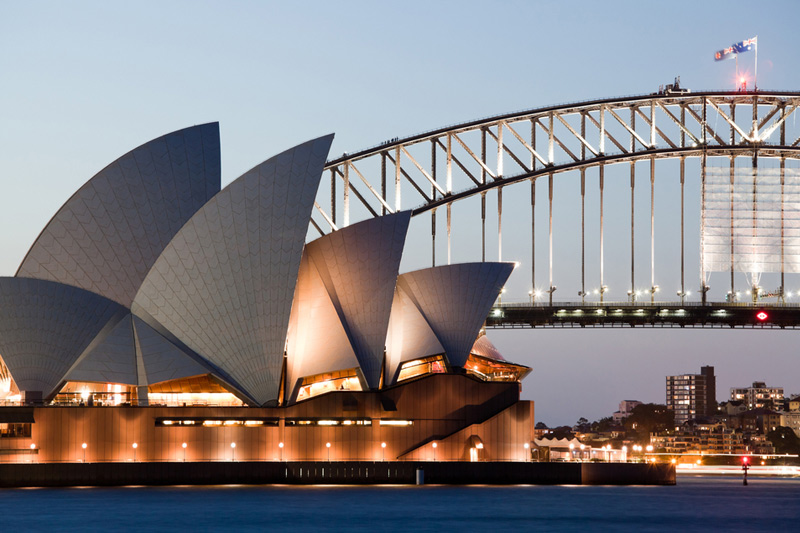By Ambar Warrick
Investing.com-- The Australian economy grew slightly less than expected in the June quarter, data showed on Wednesday, as rising inflation and interest rates offset strong household spending and steady exports.
Australia’s Gross Domestic Product (GDP) grew 0.9% in the three months to June 30 from the prior quarter, data from the Australian Bureau of Statistics (ABS) showed. The figure missed expectations for growth of 1%, but was higher than the first quarter's revised reading of 0.7%.
The Australian economy grew 3.6% in the year to June 30, 2022- more than expectations for growth of 3.5%, and March’s reading of 3.3%.
The reading shows that the Reserve Bank of Australia (RBA) likely has limited space to keep hiking interest rates this year, as it moves to contain inflation reaching over 20-year highs.
Australia’s economy grew sharply in the first quarter of 2022 as the government rolled back all COVID-related curbs. But that momentum may now be slowing due to increased price pressures.
Interest rate hikes by the RBA are also weighing on certain aspects of the economy, particularly the housing market. A recent survey showed that consumers are largely against buying homes due to elevated lending rates.
The RBA raised its benchmark cash rate to 2.35% earlier this week, its highest level in nearly eight years. The bank also said it will take a data-driven approach to raising rates further.
The Australian dollar sank to a near two-month low after the GDP data, given that the RBA now likely has less space to raise rates.
Still, data on Wednesday showed that Australian household spending remained steady despite rising price pressures. But weak wage growth, which has so far failed to keep pace with inflation, meant that household savings fell in the quarter.
Australia logged a record-high trade surplus in August, fed by steady exports of coal and metals. But the figure was slightly lower than expected, likely due to weakening demand in major market China.
